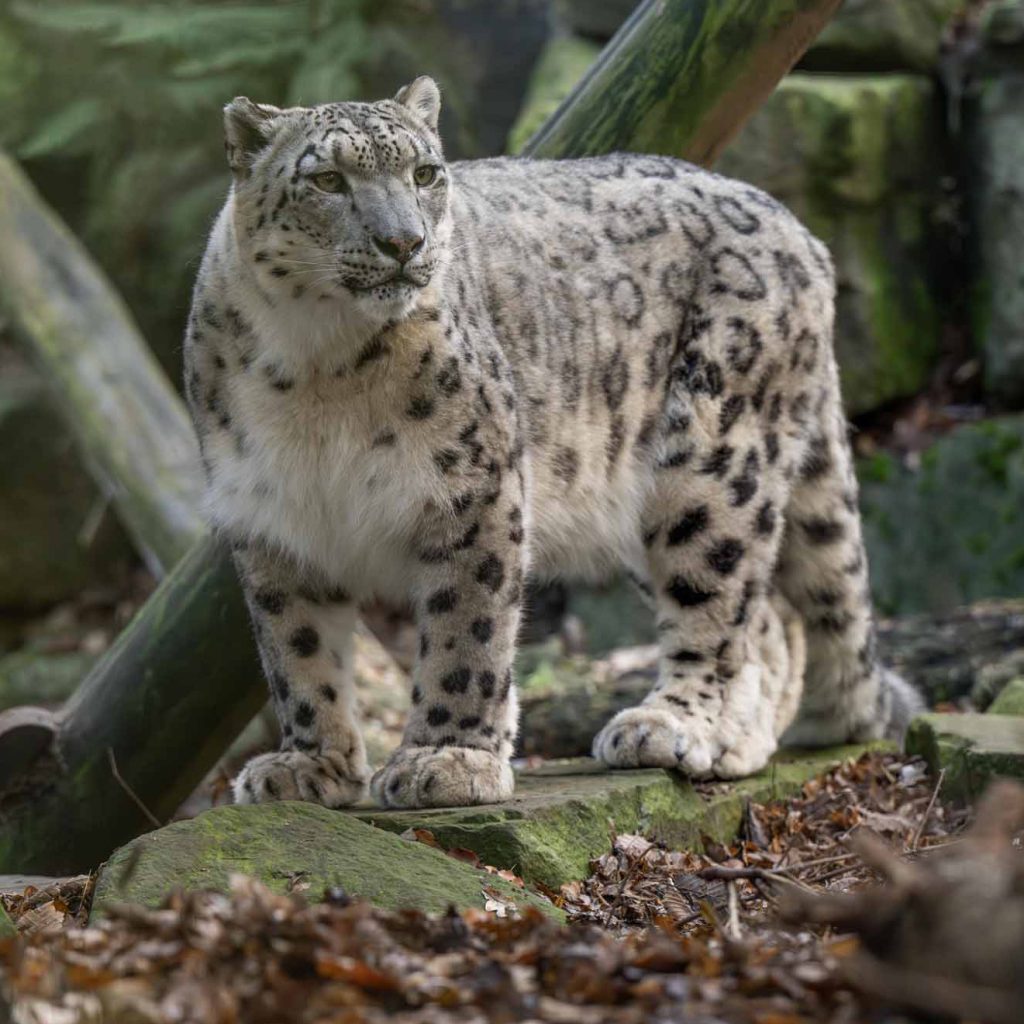Key Facts

Adapted to high altitudes, the Snow leopard can be distinguished from other similar species by its proportionately longer tail, which helps it maintain its balance on the rugged terrain and unstable surfaces of its habitat.
The Snow leopard's tail also doubles as a warmth cover and is used to cover its nose and mouth when sleeping in very cold conditions.
The snow leopard an elusive big cat native to the high mountain ranges of Central and South Asia. Adapted to life in cold, rugged environments, it is known for its thick, grey coat, long tail, and powerful build that allows it to scale steep cliffs with ease. Snow leopards are top predators and are perfectly adapted to survive in some of the world’s harshest environments.
Jessie has become loved across the whole zoo and even the world, with her playful antics. From her zoomies around her habitat that she loves to show everyone, to her love of enrichments; especially Piñatas containing her favourite foods.
Snow leopards are found in the mountain ranges of 12 countries, including the Himalayas, the Tibetan Plateau, and parts of Central Asia.
Snow leopards face threats from habitat loss, poaching, retaliatory killings by herders, and declining prey populations.
They are nicknamed “ghosts of the mountains” because they are rarely seen and blend in perfectly with their rocky surroundings.

Social